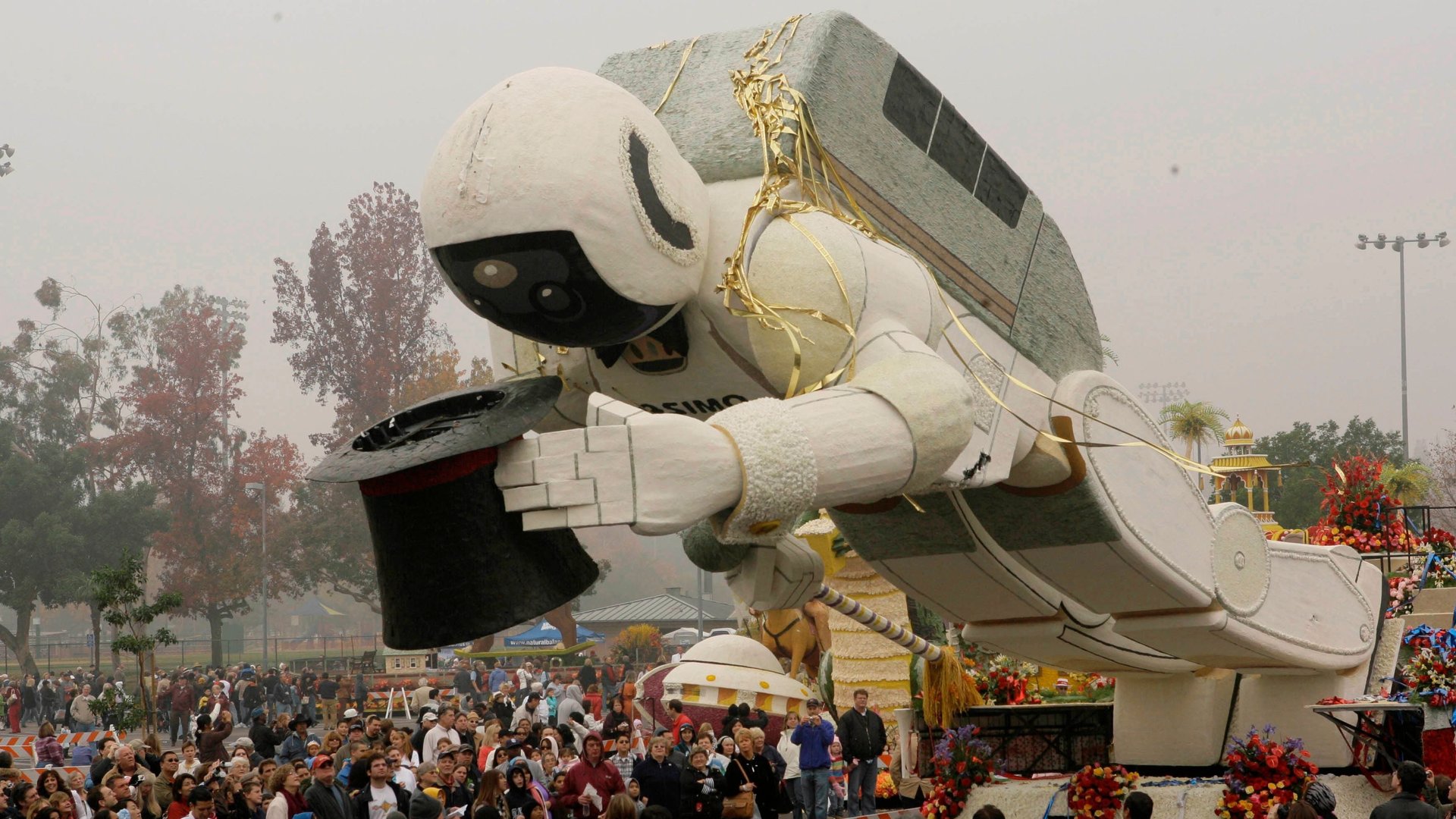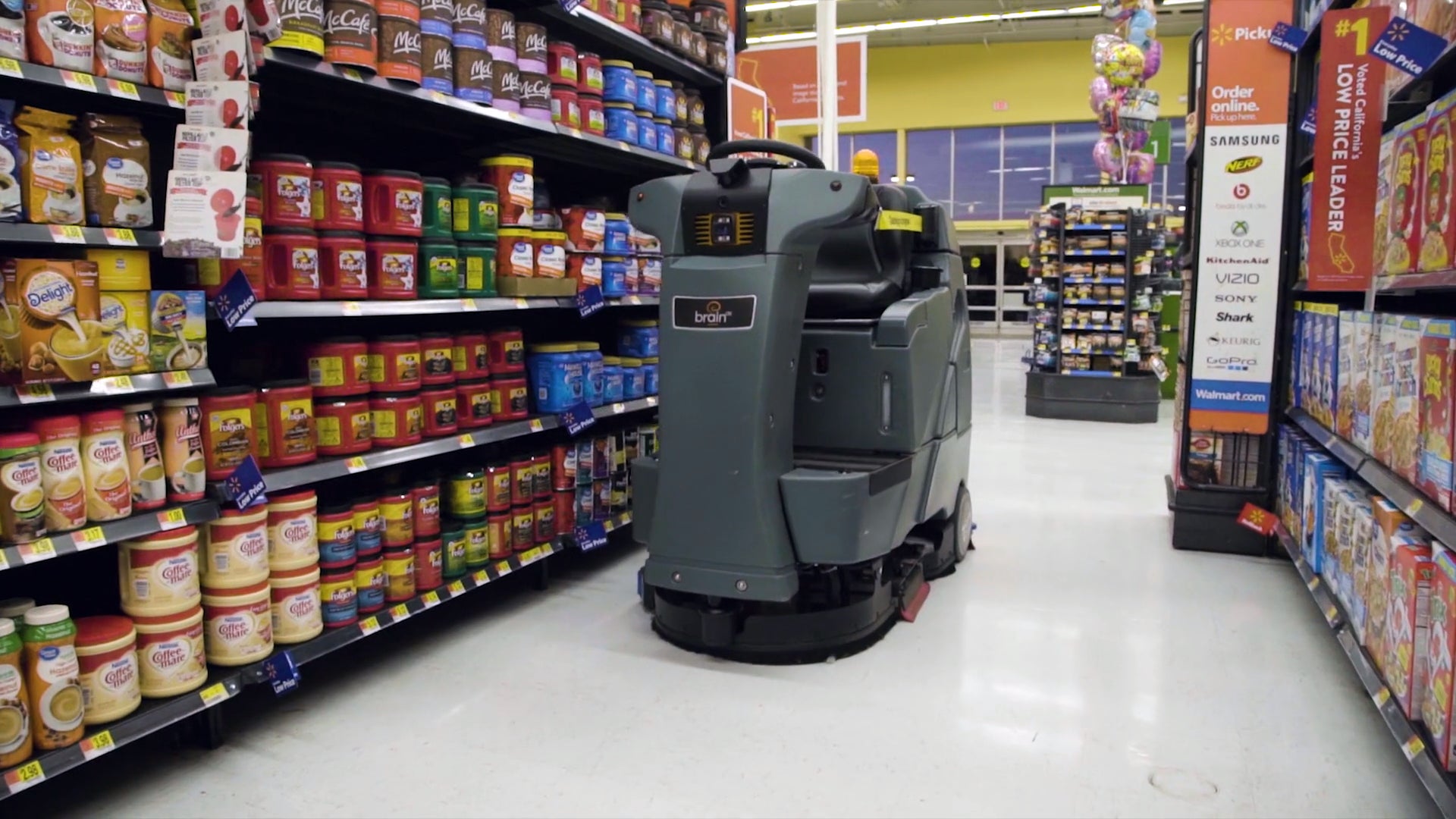Artificial intelligence is creeping up on us—literally
Walmart will soon deploy 360 robot janitors across a few hundred of its stores. Using maps plotted by human employees, the AI-powered cleaners will placidly traverse the aisles, sweeping and buffing as they go—just as blue-aproned human employees used to do (and still will, in Walmart stores without an Auto-C, as the robots are called).


Walmart will soon deploy 360 robot janitors across a few hundred of its stores. Using maps plotted by human employees, the AI-powered cleaners will placidly traverse the aisles, sweeping and buffing as they go—just as blue-aproned human employees used to do (and still will, in Walmart stores without an Auto-C, as the robots are called).
Perhaps the most striking thing about these robot workers is how not-striking they are. Sci-fi movies suggest a future full of humanoid robots who unnerve us with their “uncanny valley” qualities. Now the future is coming into view, and it looks like a giant Roomba. It’s easy to imagine walking absentmindedly past an Auto-C on a shopping trip without even registering its presence.

AI has already started to become a part of our everyday landscape. In New Jersey this week, dozens of workers were hospitalized after a robot at an Amazon fulfillment center accidentally punctured a can of bear repellent and enveloped workers in eye- and lung-searing fumes. Days earlier in California, an auto-piloted Tesla drove an allegedly drunk, sleeping “driver” down a highway, right alongside more more alert travelers no doubt alarmed by the scene in the next lane. (Highway patrol officers figured out on the spot how to stop the automated car.)
Of course, industrial accidents and drunk drivers existed well before AI. Tools with the power to alleviate the burden of physical labor—horses, threshing machines, self-driving cars—also come with the power to injure. And the presence of AI-powered machines just steps away from us is, for now, still a rarity for most people.
But the incremental nature of robots’ creep into our daily lives will make it harder to recognize—or object to—the bigger changes they bring later. Walmart insists that the robot janitors will give employees more time for customer service and other tasks. Critics point out that they could just as easily become an excuse to reduce staff and wages. And if customers get used to ignoring robot workers, they may be even less cognizant of the needs of the human ones.